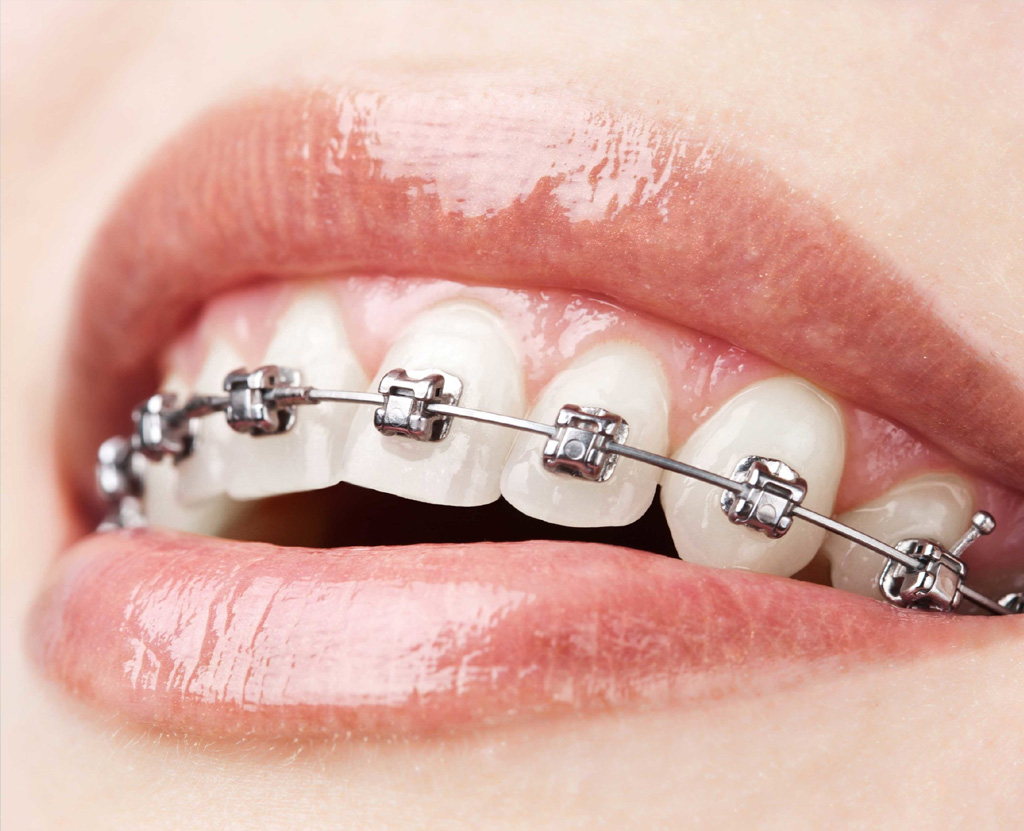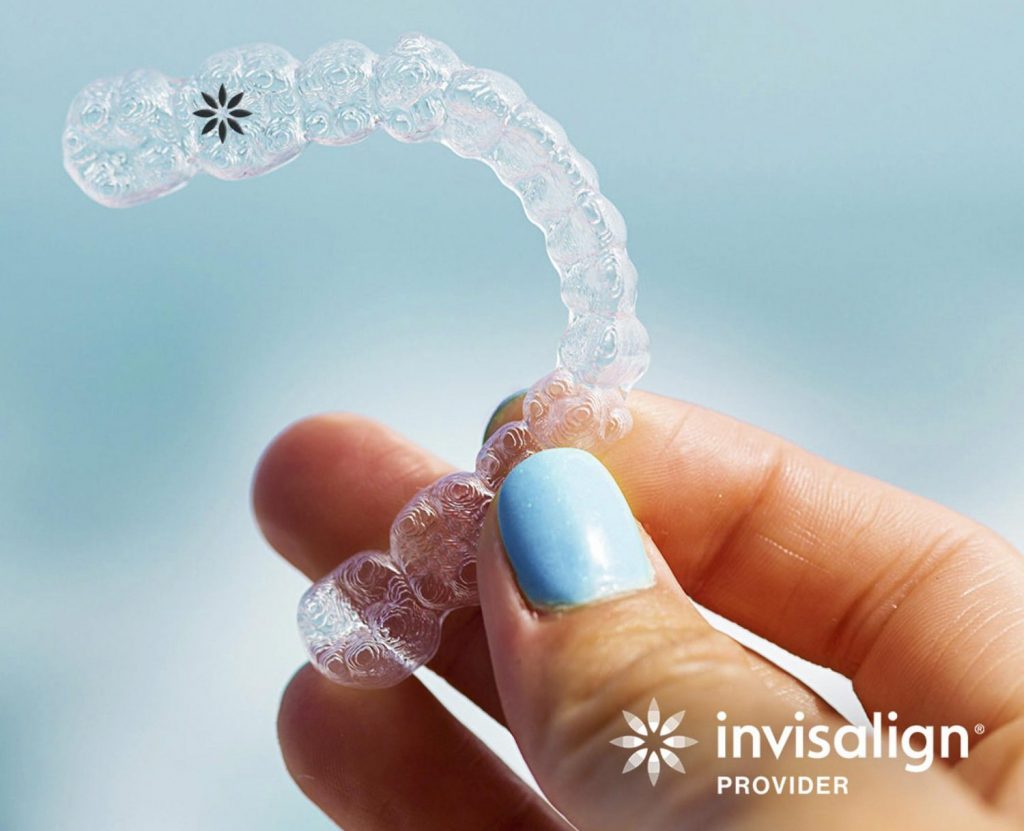Braces / Orthodontic Treatment
A specialty in dentistry, orthodontics is a field that diagnoses crooked and misaligned teeth, tries to prevent the occurrence of such disorders, and applies treatment.
In patients with disorders like jaw dislocation, the treatment method is determined by considering the age of the person. Orthodontics can offer a solution if the upper and lower jaw structure dislocated during adolescence.
If adults have skeletal disorders, a solution is offered with the help of orthodontics and surgery. There are reasons for these procedures, apart from aesthetic purposes, which can be listed as:
- Prevention of possible gum diseases
- Prevention of problems in the jaw
- Functionality in chewing
- Treatment of speech impairment
Braces
Braces are the most common appliance used is orthodontic treatment. Fortunately, they have come a long way. Basically, braces have two parts: brackets and wires. Wires move the teeth; brackets serve as stationary handles to hold the wires. As needed for an individual’s treatment, other components can be added.
Contemporary braces can be:
- Stainless steel
- Gold-colored
- Tooth-colored ceramic
Brackets are affixed directly to teeth. Wires are threaded through slots in the brackets. Most braces go on the front of the teeth. Sometimes braces can be put on the backs of teeth – these are called “lingual” braces. These are virtually invisible. Not all orthodontists offer this form of treatment, and not all kinds of orthodontic problems can be successfully treated with lingual braces. The wires on some braces are held in place by tiny rubber bands (“ligatures”), and come in a huge assortment of colors. Other braces are “self-ligating” – they do not require ligatures to hold the wires in place.
Invisalign
Also called clear aligners, Invisalign is one of the most preferred treatment methods. It is generally defined as invisible braces. It is digitally produced specifically for the patient with 3D modeling software. It is a more effective method and involves no wire in the mouth.
Therefore, patients do not experience stinging. Each clear aligner is corrected 0.5mm and then the teeth are treated. In Invisalign method, aligners should remain attached for 18 hours a day. In case of an issue, removing for 1 or 2 hours does not cause any problems in treatment. The features of the method are:
- Does not affect patients daily life.
- The aligner is not visible inside the mouth.
- It can be removed during eating, drinking, brushing teeth.
- It is made without metal and transparent plates are in a soft structure. It does not disturb your gums and teeth.
The method can be applied to both teenagers and adults.
Temporary Anchorage Devices (TADs)
Temporary anchorage devices, or TADs, are tiny implants used as a fixed point from which to apply force to move teeth predictably. They can be placed in many different sites in the mouth, depending upon the patient’s needs. TADs are removed when no longer needed.
Frequently Asked Questions
Which treatment is fastest?
Thanks to advances in technology, just about every type of treatment is relatively fast. Although Invisalign might be the quickest and less visible solution.
Orthodontists make use of the full range of orthodontic appliances – not just one or two – and will recommend the type they believe is best suited to correcting your individual orthodontic problem in the most efficient manner possible.
To make treatment go as quickly as possible:
- Follow your orthodontist’s instructions on brushing and flossing.
- See your dentist for a professional cleaning at least every six months during orthodontic treatment, or more often if recommended.
- Watch what you eat if you have braces – avoid hard, sticky, and crunchy foods. Opt for foods that are soft and easy to chew.
- Beware of sugary, acidic soft drinks including regular and diet soda pop, fruit juices, fruit drinks and sports drinks. Tap water is recommended.
Wear your elastics (rubber bands) as instructed. - Keep scheduled appointments with your orthodontist.
Which treatment is best?
The best treatment is the kind performed by an orthodontist, who has a minimum of 3,700 hours (2 or more years) in an orthodontic residency after 4 years of dental school. Orthodontic treatment is a customized professional service performed and monitored by a highly-educated healthcare professional. Orthodontic treatment is not a product. Moving teeth and aligning jaws requires a comprehensive knowledge of the biological and physiological processes at play to safely and predictably move teeth into new, healthy positions. The type of treatment (such as braces or aligners) or brand of appliance is less important than the knowledge and skill of the individual who performs your treatment.
Does Orthodontic Treatment Affect Speech?
Speech changes can be observed for a few days after the braces are attached in the orthodontic treatment process. When using removable appliances, it may be difficult to pronounce some letters. However, speech returns to normal in a maximum of 1 week in both options.



